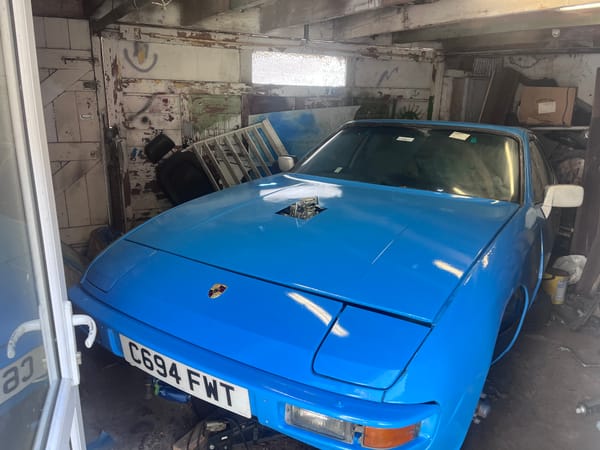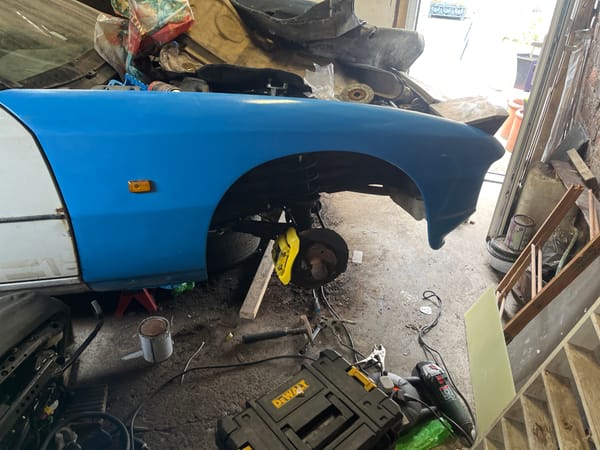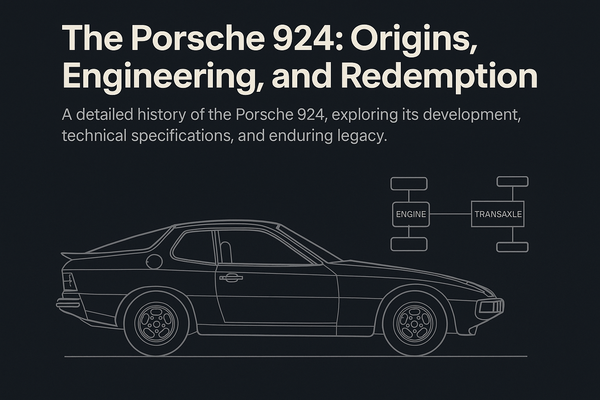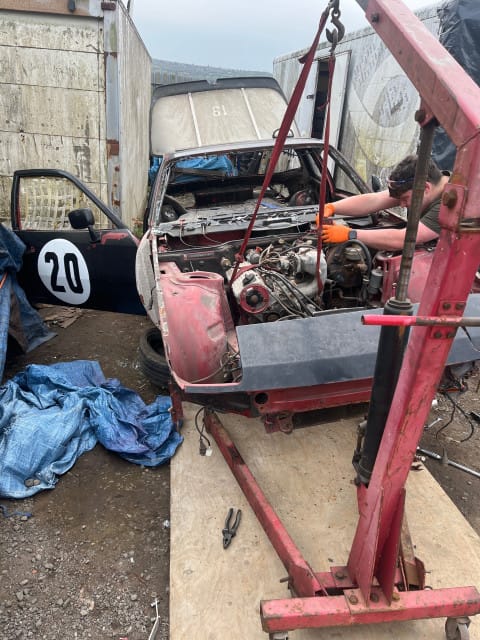Is the Porsche 924 a Good Daily Driver?
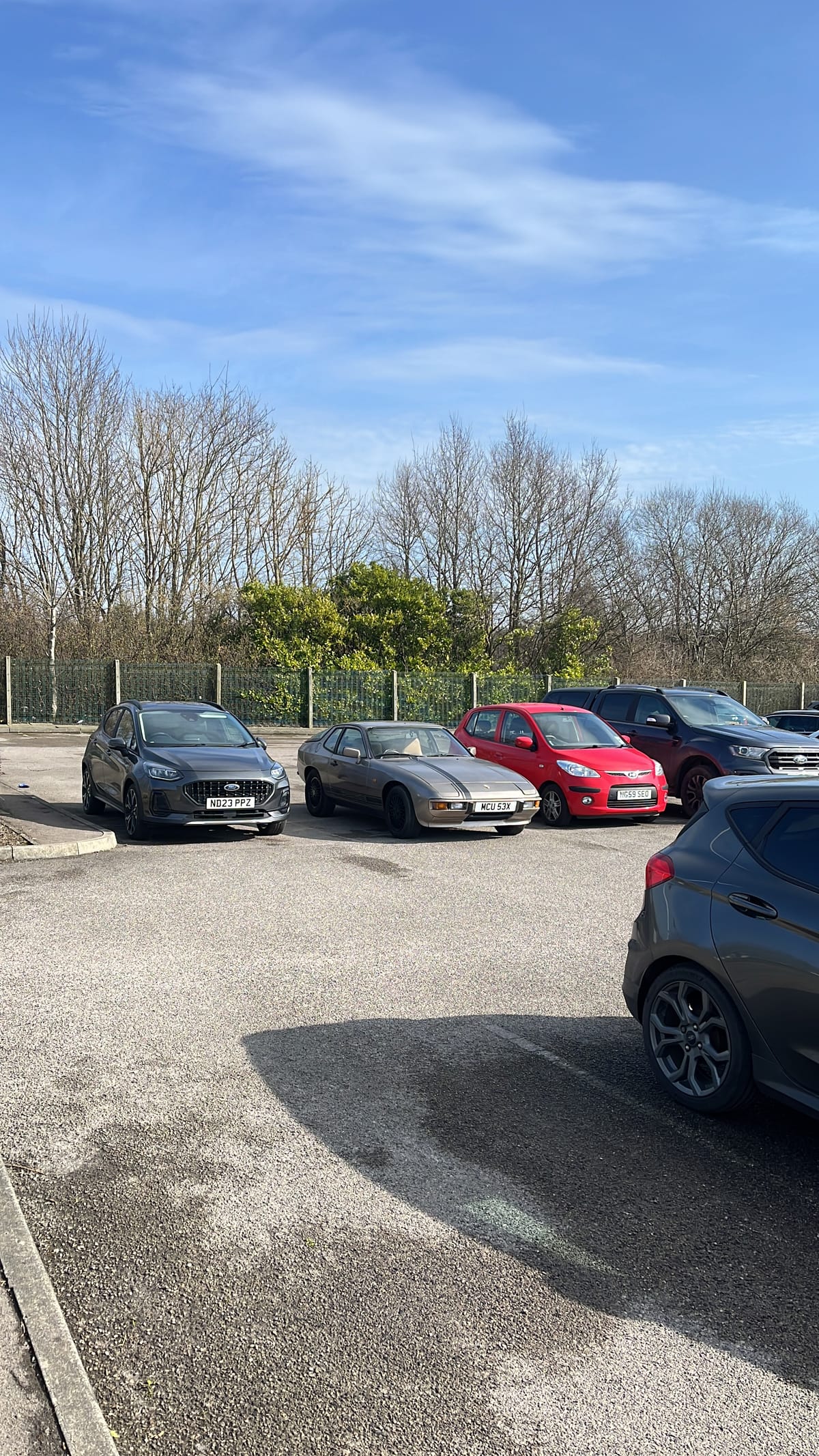
Short answer: Not really. Long answer: It’s complicated.
I’ve been around old cars long enough to know better, but there’s something about the Porsche 924 that keeps pulling me back in. It’s light, it looks right, and when it’s running well, it actually feels pretty good to drive. But let’s not kid ourselves—it’s not exactly a modern daily driver. If you’re thinking about using one every day, here’s my take after some time under the bonnet, in the driver’s seat, and occasionally, stuck at the side of the road. Let’s be clear though, I’m not quite mad enough to daily a 924 myself owning both a Cayenne and a Macan as my choice of daily drivers and a Boxster S for something a little more sporty but I do put miles on MCU 53X - it’s actually covered over 1000 miles since it returned to the road earlier this year.
Lack of Modern Safety
The 924 has no ABS. No traction control. No airbags. No crash structures to speak of beyond whatever Porsche could weld in the late ’70s and early ‘80s. If you lock the brakes in the wet, you’re on your own. There’s a rawness to it, sure—but that’s also code for “you better know what you’re doing.”
And let’s not forget the brakes. They work, but they’re basic, especially on early non-turbo models. No ventilated discs, no clever electronics. Just simple hydraulics that need regular bleeding and decent pads to be even passable in modern traffic. I’ve been caught out by this and it was almost very bad, a modern ford focus almost missed their turn and slammed on their brakes - I wasn’t going fast nor was I particularly close to them. I locked up, in the dry and almost lost it. A lesson that has taught me to take extreme care in classic cars when around other road users.
Lack of ABS aside the drums on the rear and single piston callipers on solid disks never had a whole heap of stopping power and when combined with the small tires and you have a pretty terrible stopping distance.
let’s compare it to a modern eco box

That’s a 40-foot difference—roughly the length of three small cars—between an old sports coupe and a basic modern hatchback, purely due to advancements in braking systems, tyre tech, and safety design.
It’s Very Easy to Steal
Security on a 924 is basically non-existent. There’s no immobiliser, no alarm, and the locks are weak enough that someone with a screwdriver and a bad attitude could be off with your pride and joy in under a minute. I know this, I bought one without keys and had the ignition on in under 30 seconds and I’m far from a professional car thief!
If you’re parking in the street, or even a public car park, you’ll spend more time worrying about it than actually enjoying the drive. A modern kill switch or hidden fuel pump relay is practically essential—though even that’s not bulletproof.
Parts Availability: Getting Worse
Some bits are easy to find. Others… not so much. Anything 924-specific (think: trim, glass, interior bits, even some brake and suspension parts) can be a proper pain to source. If you do find what you need, it’ll usually be either in Germany or listed at a price that makes you double-take - it’s a Porsche after all and that comes with the Porsche tax. Something as simple as a newly rebuilt fuel distributor can cost as much as a cheap 924.
You’re also playing the “is this part original or a bodged replacement?” game constantly. I’ve had parts arrive that supposedly fit, only to realise they’ve been made to fit something else entirely. Whilst there is cross over with VWs parts aren’t always exactly the same and often require fettling to fit.
What’s Going to Break?
Short answer: everything, eventually. The electrics are old and brittle. Relays can die without warning. Heater motors? Good luck. Door handles? Made of pot metal and ready to snap. Even simple stuff like window regulators can be a nightmare to source for a sensible price.
Cooling system? Radiators are usually inefficient at this point if they haven’t been changed and they aren’t cheap. Fuel system? CIS injection is clever but fiddly and sensitive to age. Rubber lines, seals, hoses—none of it was built to last this long without help and it certainly wasn’t designed for modern fuels which degrades rubber parts even faster.
The reality is anything made of rubber is going to be perished at this age and needs replacing. This includes the o-rings in the fuel distributor which is a very fiddly job. Fuel lines are a must, nobody wants their pride and joy going up in flames.
Hot start issues are also a pain, I’ve been left almost stranded, the fuel accumulators break allowing fuel vapor to create a vapor lock in the injector lines. Replacements exist at around £200 or you can have someone lift the CIS metering head whilst cranking to clear the vapor lock.
But… It’s Still Fun
Despite everything I’ve just said, the 924 has something. It’s light, balanced, and genuinely rewarding to drive when it’s on form. It has that old-school, analogue feel that modern cars have lost. Steering feel, throttle response, gear changes—all very mechanical, in a good way.
If you’re lucky enough to have a well-sorted one, and you live somewhere with quiet roads and a garage to keep it in, there’s a case to be made for the occasional commute or Sunday blast. But as a dependable, low-stress daily driver? Its not for me.

